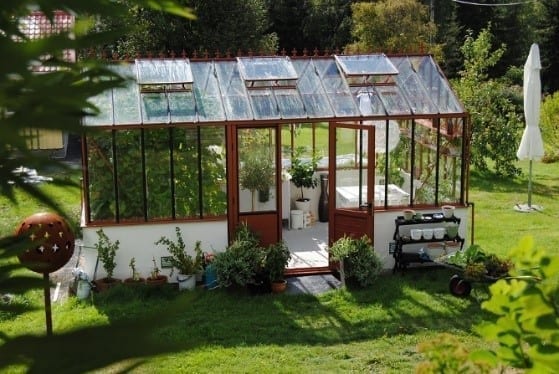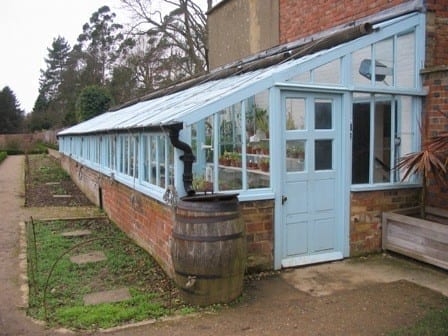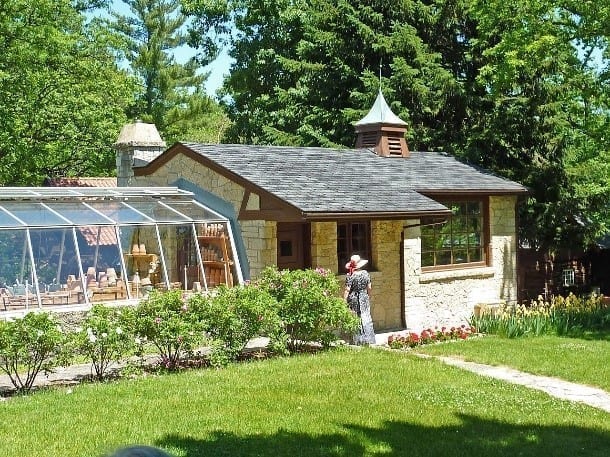Day 6: Gardening Structures—Using Grow Houses To Extend Your Seasons And Protect Your Plants
Dear Student,
Depending on what climate your homestead is in, you may want or need to use protection structures for climate extension. Grow houses serve as a shield over what you grow, whether you’re protecting them from the heat or the cold.
 Greenhouses are used to control temperature and humidity and create microclimates on your homestead. Shade houses can be built onto existing buildings and houses to passively heat or cool them, depending on your requirements. You might also find you would benefit from underground greenhouses and/or cold frames, depending on your needs.
Greenhouses are used to control temperature and humidity and create microclimates on your homestead. Shade houses can be built onto existing buildings and houses to passively heat or cool them, depending on your requirements. You might also find you would benefit from underground greenhouses and/or cold frames, depending on your needs.
Greenhouses, cold frames, and walipini (underground greenhouses) are used to catch and retain heat. Shade houses are used to blunt the force of the sun and wind in hot climates.
The scale of these structures can vary greatly, from tiny backyard structures up to large commercial set-ups. They can be built inexpensively for purely functional purposes or extravagantly to make them aesthetic features on your homestead. You should plan for any structures you want as you’re designing your homestead…
Advantages of these structures include: 
- Protection from the elements: Damaging weather events like sleet, hail, and winds can be mitigated by growing under protection.
- Plant isolation: Plants are physically isolated from pests (unless you allow them in) and many disease that could damage your crop.
- Better growing environment: In covered structures, you have a greatly increased control of your environment that would be impossible in open field crops.
- Humidity control: Whether it’s preventing water saturation of your soil during heavy rains that cause root rot and mildew or creating a growing area that is easily and efficiently irrigated, growing under protection allows for great control of your soil hydration.
- Temperature control: Greenhouses retain heat during winter and early spring and shade houses prevent direct sun from burning your plants. This allows for extended growing seasons with less stress on your plants. Active heating and fan-assisted ventilation allow additional temperature control in a grow house if necessary.
- Greenhouses can allow for overwintering of plants that are usually only annual crops, allowing perennial cropping and reduced effort.
- Expanded variety of plants: Due to the added control you have, growing under cover allows you to sow plants that wouldn’t normally grow in your climate, like subtropical crops and exotic plants.
- Greenhouses make ideal plant nurseries for starting transplants that are to go out into the ground immediately after the last frost.
Disadvantages of growing under cover:
- Expense to build: It costs money to build a grow house, though probably not as much as you think if you build it yourself. Inexpensive hoop house designs are readily available and the benefit to your crops could easily offset the expense in a single year.
- Pollination problems: A well-built green/shade house will be sealed from outside pests and this will also exclude pollinating insects. Without insect pollination, many fruiting plants and vegetables will not produce. Grow house pollination can be achieved by bringing in a hive of bees or opening the doors, windows, or sides of the grow house to allow pollinating bee access when needed.
- Expensive to heat if you don’t have passive heating systems in place.
